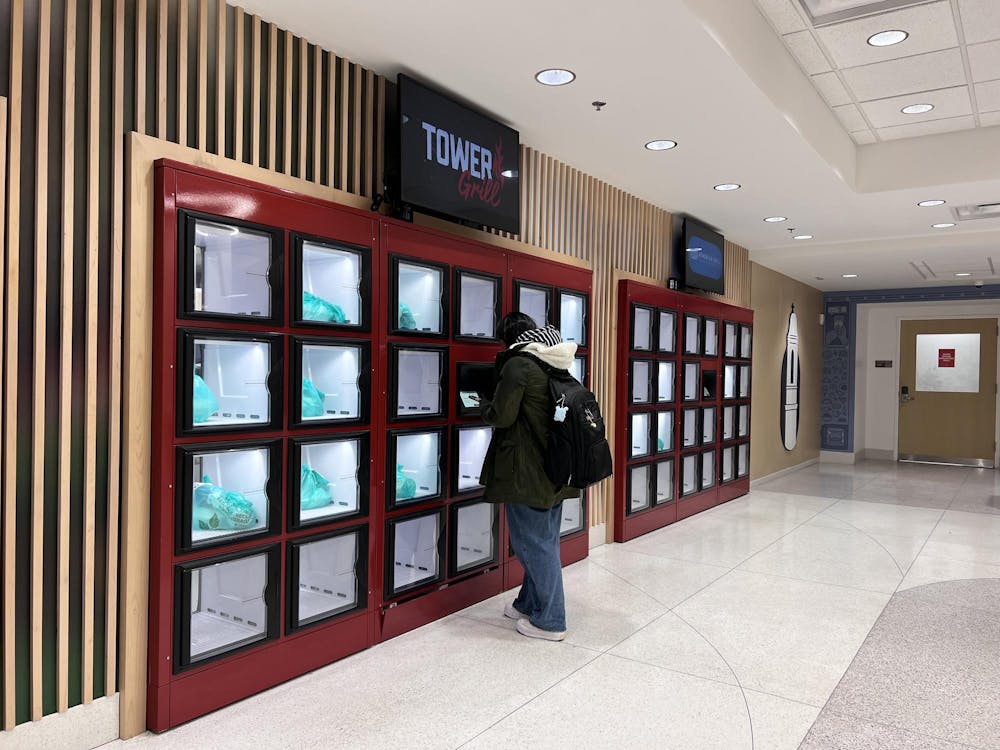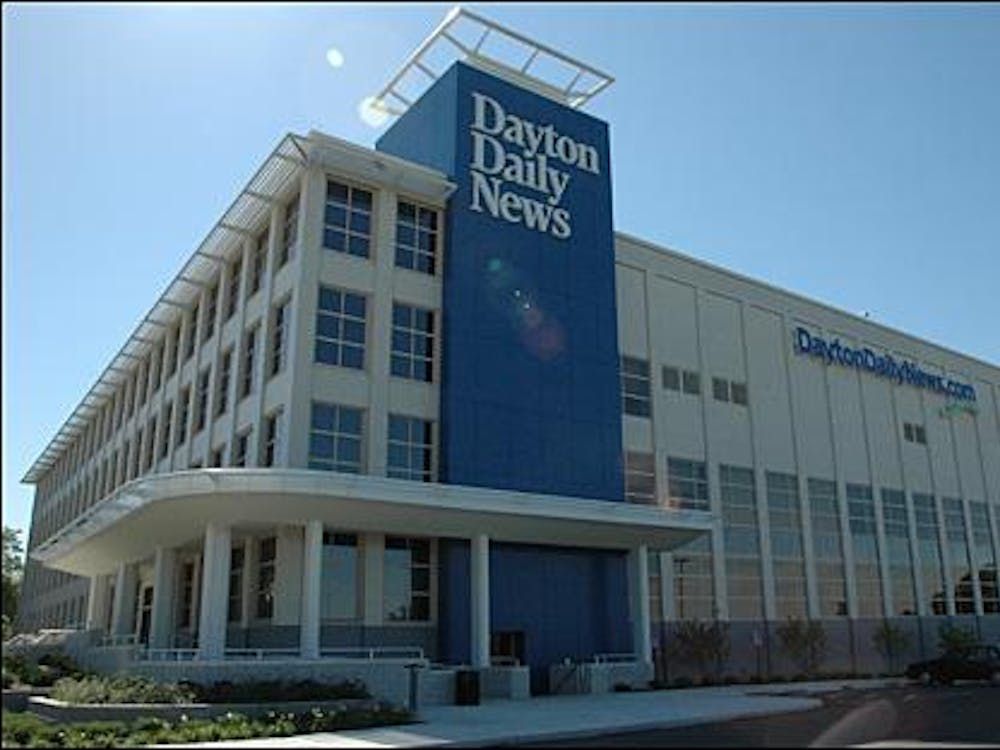Setting aside the Orwellian imagery of service workers preparing burrito bowls behind the food-locker bars of their glass prison, ordering from Bell Tower is just downright inconvenient. Call me old-fashioned, but can’t there at least be an option to talk to a person instead of tapping away at a screen every time I want to eat?
Ordering is cumbersome, and even once you’ve navigated the digital labyrinth and placed an order, they contact you via every means of communication possible. Expect an email, several text messages, notifications from the GrubHub app and likely a carrier pigeon within three business days.
Now you may think you can just sit back and wait for your order, but keep an eye on the display because you’re not in the clear yet. Several times, I’ve seen dozens of orders disappear from the TV screen like status lights blinking out in an apocalyptic film. Chaos erupts around the hall as people slowly realize their beloved burrito bowl has been Thanos-snapped to an early grave.
But there is no time to mourn, for the screen-addict hunger games have already begun anew. Students scramble to quickly reorder their food and be the first back in the virtual line.
Once, the system broke so dramatically that the TVs and the GrubHub system displayed the restaurant as closed. We were all left in confusion as some people's orders were canceled and others were left in limbo. With no one to ask, students slowly left the cafeteria. Eventually, someone from the kitchen informed us that the system was broken and they likely wouldn't be able to fulfill orders for the rest of the night.
If you do get the message that your food is ready, you may think you’re good to go. But no, one final herculean labor awaits you. Picking up food from Bell Tower feels less like grabbing a meal and more like breaking my chicken strips out of food prison.
Countless times, I have been notified that my food is ready only to scan my QR code and be told it is, in fact, not ready, and I should “talk to an attendant.” What attendant? Need I remind you that the employees are behind bars?
This is emblematic of a larger problem with this system. GrubHub is completely distanced from the user and does not provide any direct methods of remediating an issue. Have a problem with an order? You can’t talk to a cashier, but you can report an issue in the app; maybe a chatbot or worker in a third-world country will get back to you.
GrubHub and the university are able to lower overhead by exchanging employees for automated systems. This abysmal quality of service is seen as the price of doing business and hidden behind the veil of shiny new technology. This attitude is made painfully obvious by the Starship delivery robots.
Watch one of these robots for more than a few minutes, and it's clear they are inefficient. They meander around with little regard for the presence of pedestrians. The robot’s only response to its surroundings is to abruptly stop in the middle of the sidewalk if anything gets within a foot or two of it. And when crossing the street, they line up in single file and stare blankly into the walkway.
Most of those issues can be blamed on early technology. But at the same time, whose idea was it to build a two-foot-wide bottleneck through which the robots must pass to enter or leave the Bell Tower courtyard? I want to thank them because watching the traffic it creates brings me joy.
During peak hours, it’s not uncommon to see six or more robots in gridlock as they fruitlessly attempt to pass one another. I’ve watched the confused artificial intelligence drive off the curb and, I kid you not, do a wheelie. It was actually kinda awesome, but nobody tell the robot overlords I said that.
Enjoy what you're reading?
Signup for our newsletter
I’m not saying the technology isn’t impressive, but it's far from a replacement for human labor. I’m sure some first-year student on a modified e-scooter could deliver the food at least five times quicker while only hitting three pedestrians.
These problems would be minuscule most of the time, but after 8 p.m., there is nowhere else on campus to spend meal swipes, aside from the limited selection of grab-and-go meals in the markets. I have clubs that run until 8 p.m. or later, and when I wake up at one in the afternoon – which is my god-given right as a college student – there is no way my weak stomach is going to be ready for dinner until at least 9 p.m.
So, for all I complain, you will still find me outside Bell Tower at night, enjoying a robotic traffic jam, while eating chips and queso.
Abe Hagood is a first-year student double-majoring in emerging technology in business and design and creative writing. He is a member of the Miami Game Design Club and Miami YDSA.




